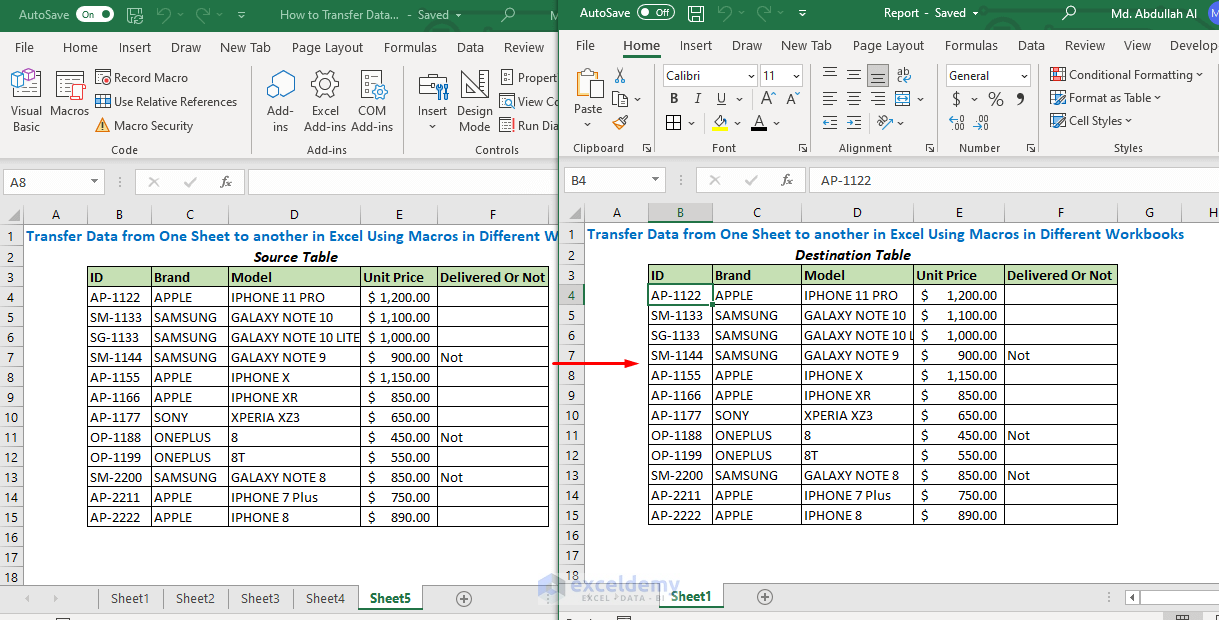Unveiling Ancient Education: Insights from 1956 Paperwork

Step back in time to explore the educational landscape of the past. The year is 1956, an era when the groundwork for modern education was being laid, but much of what was taught and learned was markedly different from today. Through the meticulous analysis of paperwork from that year, we gain valuable insights into ancient education. This journey into history not only satisfies our curiosity but also provides a unique perspective on how far education has come and where it might be headed.
The Educational Framework in 1956

The educational system in 1956 was shaped by the post-war era, characterized by a blend of tradition and innovation. Here’s a snapshot of the key components:
- Curriculum: A curriculum heavily geared towards literature, mathematics, and sciences, with a particular emphasis on Latin and Greek in higher education.
- Pedagogy: Instruction was primarily teacher-centered with lectures and blackboard chalk talks, where rote learning was prevalent.
- Discipline: Strict rules governed student behavior with corporal punishment occasionally used.
- Resources: Limited to books, chalkboards, and basic stationary. There were no smart boards, computers, or digital resources.
- Extracurricular Activities: Sports, music, and debates were seen as integral parts of the educational experience.

🔍 Note: This snapshot provides a broad overview; educational methods and curricula varied greatly by region and institution.
The Classroom Setting

Imagine entering a classroom from 1956. Here’s what you might have encountered:
- Furniture: Wooden desks with ink wells, possibly a large teacher’s desk at the front.
- Decoration: Posters, maps, and perhaps a globe. The decoration was educational but functional.
- Technology: The primary “technology” was the blackboard, used for lectures, diagrams, and notes.
- Student Demographics: Classes were generally large, with gender segregation common, especially at the higher levels of education.

Teaching Methods

Educators in the mid-20th century employed different techniques to impart knowledge:
- Chalk-and-Talk: Teachers would write on the blackboard, explaining concepts or copying notes for students to transcribe.
- Recitation: Students often had to memorize and recite passages, enhancing oral proficiency.
- Group Work: Though not as prevalent as today, group activities were occasionally organized, fostering teamwork.
- Homework: Assignments were frequently used to reinforce learning outside the classroom.
📝 Note: These methods contrast significantly with current student-centered, interactive teaching approaches.
Educational Goals and Outcomes

The objectives of education in 1956 were markedly different:
| Goal | Description |
|---|---|
| Discipline | To instill manners, punctuality, and respect for authority. |
| Knowledge | Aimed at accumulating factual knowledge rather than developing critical thinking or problem-solving skills. |
| Civic Responsibility | Preparing students to be responsible citizens, with a strong emphasis on national pride and loyalty. |
| Vocational Skills | Basic skills for immediate workforce entry, particularly in manual trades and secretarial work. |

Access to Education

In 1956, access to education varied significantly:
- Gender and Ethnicity: Segregation by gender was common, and ethnic minorities often faced barriers to quality education.
- Geographic Disparity: Rural areas had fewer educational opportunities, impacting students’ ability to progress.
- Socioeconomic Status: Wealthier families could afford private tutoring, providing their children with an educational edge.
The educational landscape of 1956 was indeed different from today's, focusing on discipline, memorization, and a more limited but still valuable set of skills. Understanding this provides context for our current educational systems, highlighting the profound changes and continuities. The journey from 1956 to now showcases the evolution in teaching methodologies, technology in education, and the broadening of access to learning. As we stand in the present, we can appreciate the past not only as a distant memory but as a foundation upon which we build the future of education.
How did teaching methods differ in 1956 from today?

+
Teaching in 1956 was characterized by rote learning, teacher-centered lectures, and a lack of technology. Today, student-centered, interactive learning with technology integration is the norm.
Were there any extracurricular activities in 1956 schools?

+
Yes, but they were more limited. Common activities included sports, music, and debates, which were considered essential for developing well-rounded individuals.
What was the typical classroom environment like in 1956?

+
The environment was much simpler with wooden desks, chalkboards, and basic educational tools. Technology was non-existent compared to modern classrooms.
How was access to education different for various social groups in 1956?

+
Access to education was limited by gender, race, geography, and socioeconomic status, creating significant disparities in educational opportunities.



